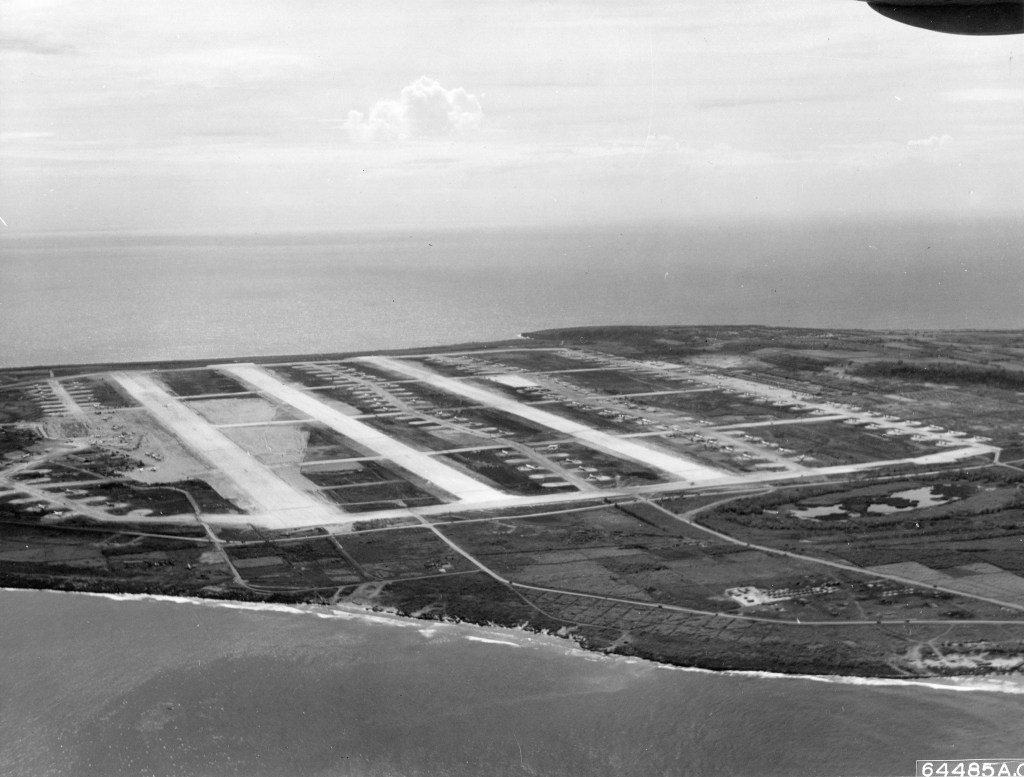The U.S. Air Force awarded a $409 million contract to Fluor Corporation to restore a long-dormant World War II airfield on Tinian Island, part of the Northern Mariana Islands. The move, aimed at bolstering military operations in the Indo-Pacific, is a critical component of the U.S.’s strategy to counter growing tensions in the region, particularly with China.
The Tinian airfield played a significant role during World War II as a launch site for major air operations. However, decades of disuse left it overgrown and unusable for modern military purposes. The Air Force’s restoration project will clear through the thick jungle growth and return the airfield to full operational capacity.
The revitalization of Tinian’s airfield is part of the U.S. Air Force’s Agile Combat Employment strategy. It emphasizes dispersing forces across multiple smaller, more difficult-to-target airfields. This approach is designed to enhance the flexibility and survivability of U.S. forces in the face of potential conflict. By expanding its presence in the Pacific, the U.S. aims to strengthen its military readiness and ensure rapid response capabilities.

Located just north of Guam, Tinian is strategically positioned to serve as a secondary hub for U.S. air operations. Its proximity to key locations in the Pacific makes it a crucial asset in the broader effort to maintain regional stability. With tensions high over issues like control over Taiwan, U.S. military officials want to solidify their presence in the area.
Satellite images showed substantial progress in the reclamation of the airfield. This investment underscores the U.S.’s commitment to maintaining its influence in the Pacific and ensuring it remains prepared for any future conflicts. Although the project previously faced delays due to construction challenges and costs, it is now moving forward quickly.
The restoration of the Tinian airfield is both a nod to its historic significance and a modern necessity. With the U.S. military focused on deterring aggression in the Pacific, the airfield will play a pivotal role in the nation’s defense strategy. As regional tensions continue to rise, the U.S. is taking decisive steps to secure its military position and ensure it remains agile and prepared for any potential threats.